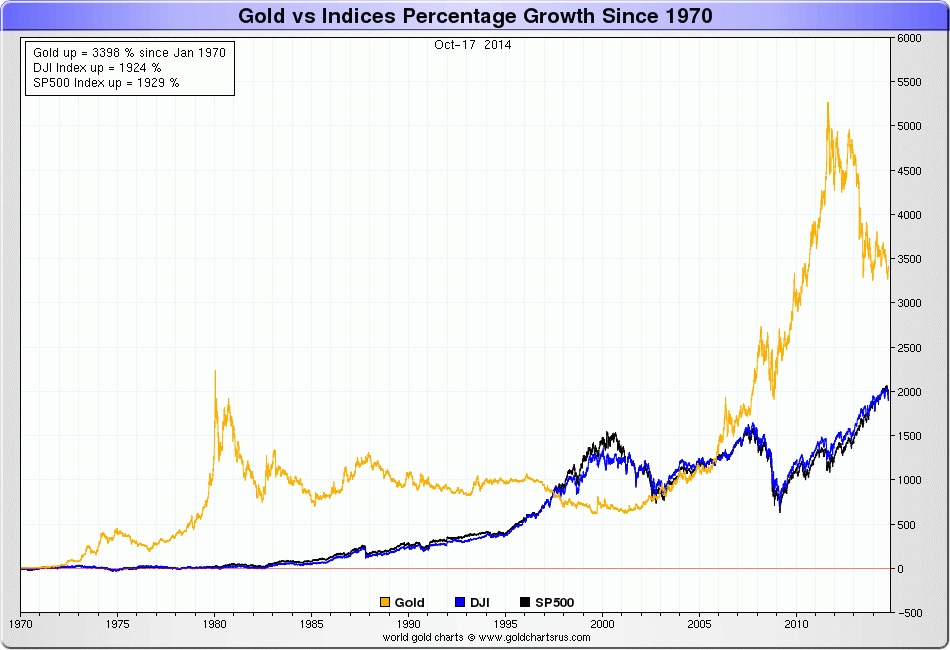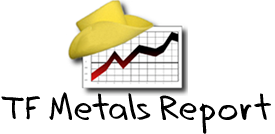 We have heard from one very reliable source that repatriation of gold is secretly taking place at this moment from the USA to Europe. This is October 2014!
We have heard from one very reliable source that repatriation of gold is secretly taking place at this moment from the USA to Europe. This is October 2014!
The information contains details about transported quantities by one of the global security firms being much higher than usual, as well as country of destination.
This leads us to believe that some central banks in Europe may be feeling tension and their boards see that the ‘whatever it takes’ QE, LTRO or OMT policy, or whatever they call this monetary financing, can and probably will have serious repercussions.
The Swiss National Bank (SNB) started selling gold in 2000 near the lows of the market. At that same time, many years ago, the movement to stop this selling started in Switzerland which, on November 30, will lead to a definitive choice by Swiss voters whether to a) Stop selling gold, b) repatriate all foreign held gold, and c)maintain 20% gold backing of SNB assets, or alternatively risk being dictated to by the European Union and the ECB.
This post was published at GoldSwitzerland on October 23rd, 2014.





















 Follow on Twitter
Follow on Twitter
Recent Comments